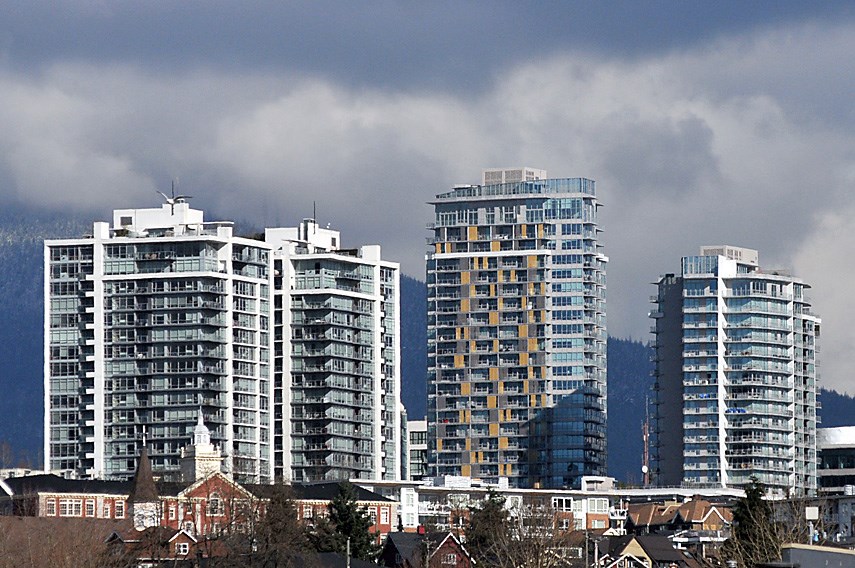The North Shore’s population grew by 2,979 between 2020 and 2021, for a total of 193,890 — a growth rate of 1.5 per cent, according to the latest estimates from Statistics Canada.
Broken down individually, the City of North Vancouver (pop. 59,576) gained 842 new residents, a year-over-year growth rate of 1.4 per cent. The District of West Vancouver (pop. 45,503), meanwhile, added 891 new souls – 2 per cent more than the year before. And the District of North Vancouver (pop. 91,790) grew by 1,246 or 1.4 per cent.
During that time the average growth rate for Metro Vancouver municipalities was one per cent.
Over the last five years, the City of North Vancouver, the District of North Vancouver and the District of West Vancouver have grown by 7.5 per cent, 2.5 per cent and 3.8 per cent. The Metro average since 2016 has been 7.4 per cent driven largely by Surrey and Langley, which posted growth rates of 11.9 to 13.1 per cent.
“You're not abnormally growing really high, but you're also not shrinking,” said Andy Yan, director of the City Program at Simon Fraser University, noting West Vancouver and the North Vancouver district have both shown population declines or stagnation in recent years.
Angst over population growth most often stems from frustration over traffic, but Yan said it’s never as simple as that.
The North Shore remains a major employment centre, which brings much-wanted economic benefits along with commuters.
“If your workforce isn't able to afford living on the North Shore, you can only expect more traffic,” he said.
Instead of asking if the population is growing too fast, people should be asking what can be done so residents and commuters are not so car dependent, he added.
“It's also about the provision of transportation choices, a lot of times, outside of just an automobile,” he said. “The transportation system of the North Shore, is it stuck in the '90s?”
Growth and density are also the lifeblood of small business, Yan added, pointing to the flourishing activity along Lonsdale Avenue.
The stat that has most demographers furrowing their brows though is Vancouver’s population going down for the first time – a loss of about 6,700 residents.
There are fewer international students coming during the pandemic, Yan said, but it may also be evidence of the shift to working from home during the pandemic leading people to put a higher value on more space than a short commute to the office, Yan said.
There are also naturally shifting demographics at play. Millennials are now in their prime years for settling down and growing families, which means their housing needs are changing.
“The prospect of returning from the club at 2 a.m. is quickly being replaced by getting the kid to hockey at 6 a.m.,” Yan said. “And the need for all the consequent space to hold the hockey equipment.”
Whether Vancouver’s loss has been the North Shore’s gain, in terms of population, is hard to discern, but Yan said it stands to reason that some white collar workers who previously would have liked to live on the North Shore now see it as a viable option, at least those who can afford it.
“The prospect of being stuck across the Lions Gate or the Second Narrows Bridge was perhaps a demotivation to move to the North Shore,” he said.
The numbers do come with a fairly large caveat. They are estimates produced annually by StatCan using the previous census as a baseline and then factoring in the birth and death rate, immigration and emigration. Population data from the 2021 census count, which is the gold standard for accuracy, is due to be released in early February.
Yan said he doesn’t expect to see the census numbers match the estimates exactly, but they should at least show the same general trends.



